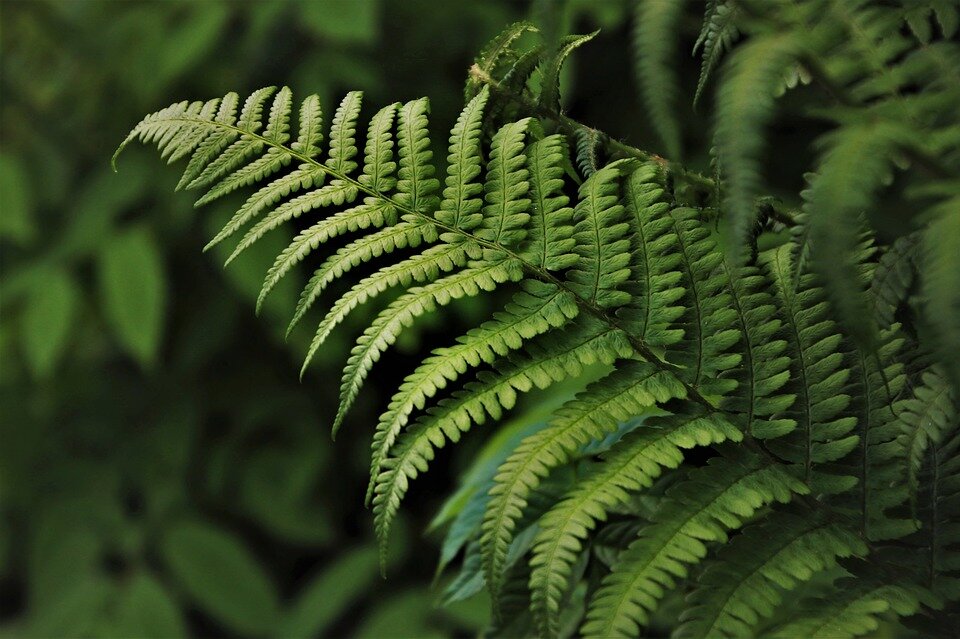
ALANZ-ALAA-ALTAANZ
Join us in November 2021 for an exciting program featuring applied linguists from New Zealand, Australia, the Asia-Pacific region, and beyond. Hosted in the vibrant and charming capital city known as the coolest little capital in the world, our conference promises to be an enriching experience for all attendees.
Explore our website to learn more about the event, register early to secure your spot, and start making plans to join us for an unforgettable gathering of minds in the field of applied linguistics. We look forward to welcoming you!
Programme
The conference theme celebrates the unique position of the Asia-Pacific region in the field of applied linguistics. It offers an opportunity to explore both familiar and new contexts of applied linguistic research. Participants will engage in discussions about the interconnectedness within the region and foster collaboration among applied linguists. Join us in Wellington/Te Whanga-nui-a-Tara as we shape common narratives for applied linguistics across borders.

Conference Highlights
- Diverse Perspectives: Explore a wide range of topics within applied linguistics, spanning language policy, technological innovation, language learning and teaching, discourse analysis, and more.
- International Networking: Connect with fellow applied linguists from the Asia-Pacific region and beyond, fostering collaboration and knowledge exchange.
- Keynote Speakers: Gain insights from renowned scholars and experts in the field, offering valuable perspectives on current trends and future directions in applied linguistics.
- Interactive Sessions: Participate in engaging presentations, workshops, and panel discussions, designed to facilitate learning and professional development.